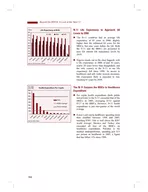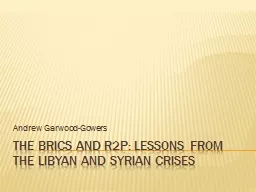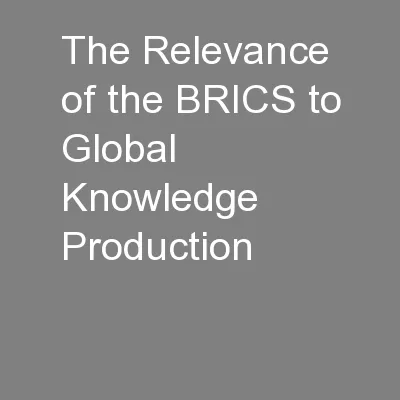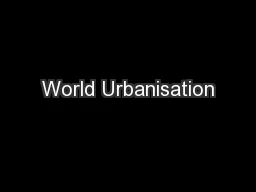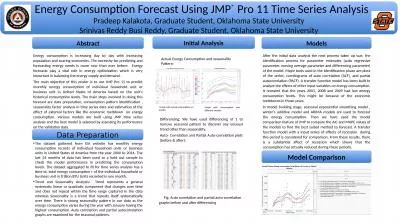PDF-Sandra Lawson David Heacock and Anna Stupnytska April Energy Consumption Increasing
Author : lindy-dunigan | Published Date : 2014-12-03
Only Mexico is among the top 10 developing economies ranked by the number of infrastructure projects involving private participation trailing the BRICs and Argentina
Presentation Embed Code
Download Presentation
Download Presentation The PPT/PDF document "Sandra Lawson David Heacock and Anna Stu..." is the property of its rightful owner. Permission is granted to download and print the materials on this website for personal, non-commercial use only, and to display it on your personal computer provided you do not modify the materials and that you retain all copyright notices contained in the materials. By downloading content from our website, you accept the terms of this agreement.
Sandra Lawson David Heacock and Anna Stupnytska April Energy Consumption Increasing: Transcript
Download Rules Of Document
"Sandra Lawson David Heacock and Anna Stupnytska April Energy Consumption Increasing"The content belongs to its owner. You may download and print it for personal use, without modification, and keep all copyright notices. By downloading, you agree to these terms.
Related Documents

